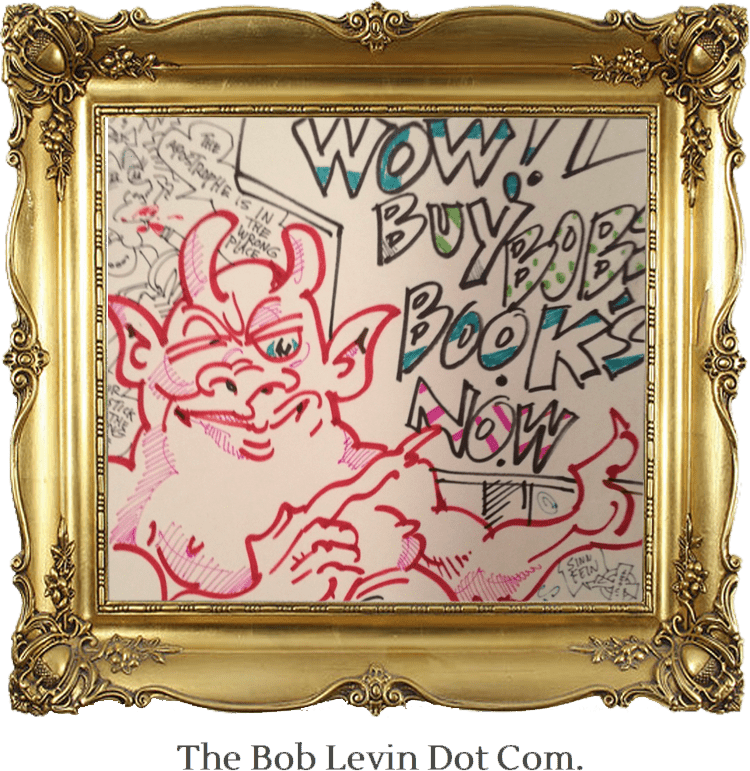…”Can’t and Won’t,” a collection of short stories by Lydia Davis.
I had previously read Davis’s “Complete Stories,” which this subsequent volume has rendered in need of a retitling. I’d also read of hers given me by a woman to whom I’d recommended Davis and who’d rushed off to buy everything she could find by her at Amazon — and hated it.
I generally don’t read short stories. I don’t find you can do as much with them as with a book. But a collection works better for me. And Davis is a lot of fun. She is non-traditional, to say the least. A “story,” for her, may be a dozen words long. It may be dreams, either hers or someone else’s. It may be edited passages from Flaubert’s letters. But one is “Can’t,” “Seals” seems to me, by any standard, to be a masterpiece. (Among her less-traditionals, I liked “Cows” a lot.)
Davis raises the question “What is a story?” Her answer seems to be “Anything a story-writer says it is,” which is itself only a narrowing of Duchamp’s axiom that “Art is anything an artist says it is.”
That can be a good thing to keep in mind as you go about within the world.
